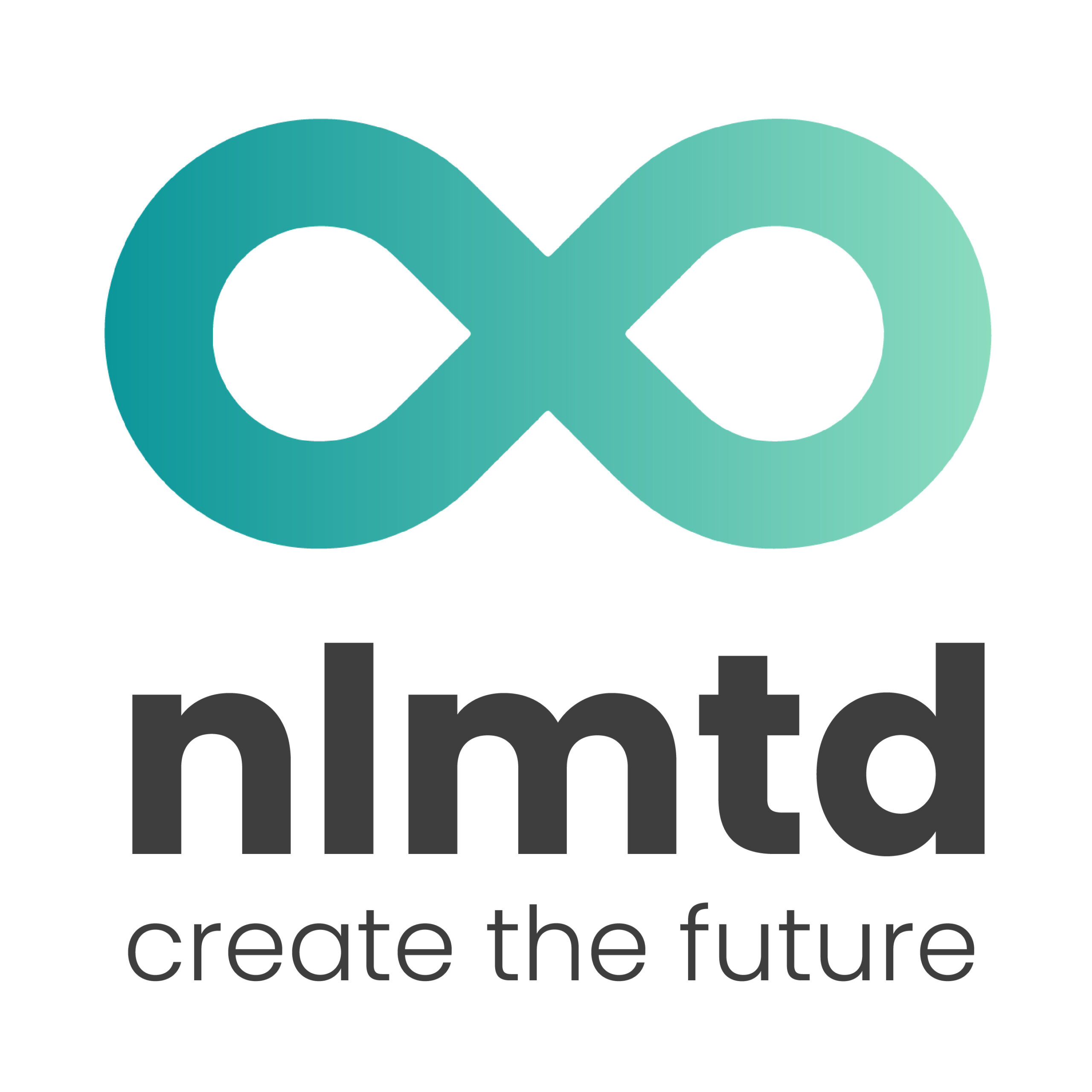
Willem Koeman
Public Social domain nlmtd
Willem is a director at nlmtd, where he focuses on digital transformation, public innovation, and ecosystem development. With expertise in strategic leadership and coalition building, he assists governments and networks in defining their direction and gaining momentum. His background in social sciences and computer science drives his commitment to technology that supports public values and promotes societal change.
Share this article
In a world where algorithms shape what we see, data becomes our new currency, and digital dependence is deepening in our lives, one question remains: do we still have control? And what does that really mean? Having control in the digital world?
Digital autonomy goes beyond merely considering where your data is stored. It raises a more fundamental question: Who do you want to be as an organization for your customers, employees, and society? Can you genuinely achieve that with the technology you rely on? Autonomy is not solely about compliance or the choice of infrastructure; it requires a clear direction and a set of values.
This journey begins not with the technology itself, but with the essential question: For whom are you truly optimizing?
Technology is not neutral
Every technological choice affects the distribution of power, responsibility, and values. Whether you’re considering cloud solutions, algorithms, or data infrastructure, you have the ability to shape who benefits, who holds control, and which values are either reinforced or weakened.
That’s why it’s essential to ask yourself three strategic questions:
- Are you prioritizing people or the system?
Do you provide individuals with control over technology, or are they guided by logic that they don’t understand or cannot influence? - Are you optimizing for the long term or the short term?
Do you prioritize robustness, trust, and resilience, or speed, growth, and maximum scalability? - Are you focusing on public interest or private interest?
Does your technology promote public values such as privacy, transparency, and sustainability, or does the emphasis subtly shift toward profit and scalability?
Freedom to choose, or dependence?
Many organizations have recently realized that they can no longer afford to make certain assumptions regarding their systems and suppliers. They find themselves trapped with existing arrangements where switching to alternatives is difficult or even impossible. As a result, escaping these situations seems like an expensive, complex, and uncertain long-term effort that would require significant changes. However, this does not have to be an unavoidable outcome. In fact, during this uncertain interim period, there are opportunities to create new possibilities.
Digital autonomy as a transition issue
Digital autonomy doesn’t occur automatically; it necessitates learning, experimentation, and the courage to break away from old habits. Insights from transition theory can be particularly useful for facilitating these fundamental changes. Consider the importance of creating niches, encouraging experiments, and reshaping dominant narratives. The subtler, often overlooked aspects of change are essential for achieving genuine autonomy.
What can you do now?
- Acknowledge Your Position and Identify the Situation
Recognizing where you stand and clearly naming the situation is essential. Being open about the tension between ideals and practical realities creates an opportunity to explore new choices together. Consciously acknowledging that you are in an undesirable phase builds trust and openness, empowering employees to investigate what changes are already possible in their daily work.
A good example is the municipality of Amsterdam, which states in its report, “Striving for Digital Autonomy,” that “To be honest, the executive board […] does not feel that digital autonomy is currently adequate.”
- Create Temporary Spaces for Exploration
When employees feel responsible, it’s vital to give them space. Change doesn’t come from control; it thrives in an environment that allows for exploration. Consider forming innovation teams without fixed targets, establishing temporary collaborations around urgent issues, or providing opportunities for employees to pursue their work out of curiosity and values. This approach permits the testing of new technologies and working methods without the immediate pressure to fit within existing frameworks.
An example of this is the collaboration among researchers from five universities who are experimenting with creating online collaboration tools that are independent of large tech companies.
- Rewrite the Narrative, Not Just the Structure
Digital autonomy transcends technical issues; it embodies a narrative about who you want to be and what you aspire to become. What values and goals do you wish to convey as an organization? By co-creating a new, shared narrative about the future, you provide direction for change, even when the path ahead remains unclear.
A relevant example is the Cities Coalition for Digital Rights, where cities such as Amsterdam, Barcelona, and New York are collaborating to shift the dominant narrative of technological progress, which is currently focused on market-driven efficiency, toward a vision in which digital infrastructure serves as a public good.
What can you expect from nlmtd regarding digital autonomy?
At nlmtd, we collaborate with public and private partners on digital solutions that align with their societal missions. We assist organizations in mapping their dependencies, conducting experiments, and building infrastructure that empowers them to take control.
Would you like to brainstorm ways to implement digital autonomy in your organization or ecosystem? Send me a message at willem@nlmtd.com.





